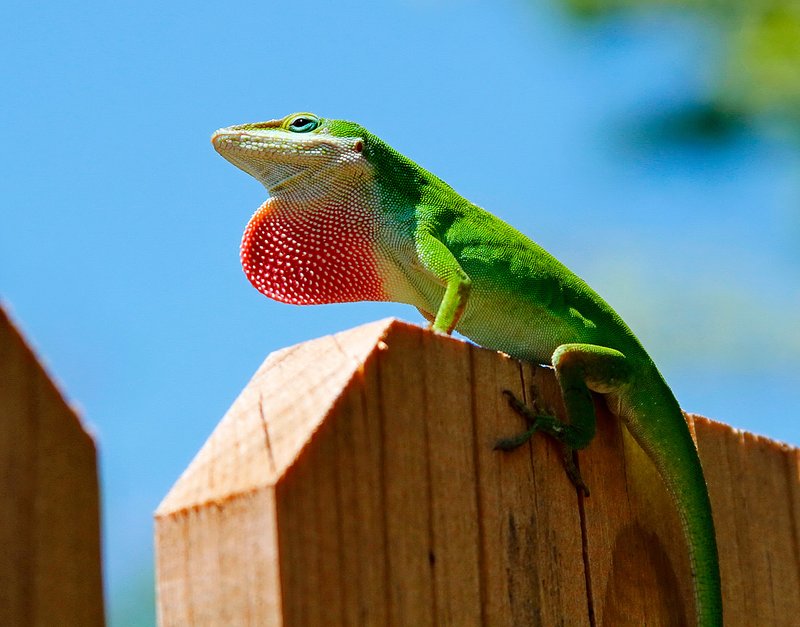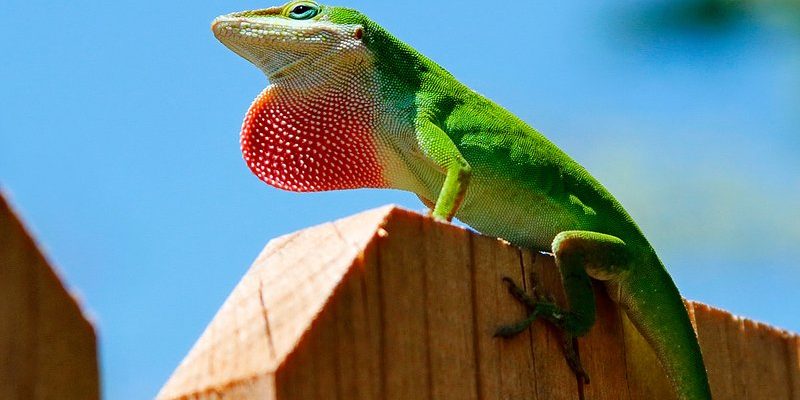
Conservation is like a community effort, where everyone works together to protect what’s precious. For anole lizards, their habitat is crucial not just for their survival but also for maintaining the balance in their ecosystems. Unfortunately, human actions like habitat destruction and climate change are putting this balance at risk. Let’s explore the current status of anole lizards and the various initiatives aimed at ensuring their future.
Understanding Anole Lizards
Anole lizards are a diverse group, with over 400 species found mainly in the Americas, particularly in the Caribbean. These little guys are not just cute; they play essential roles in their ecosystems. As prey for birds and larger reptiles, they help maintain the natural balance. They’re also insectivores, munching on pests that might otherwise overwhelm their habitats.
You might spot a green anole or the brown anole among the most common species. The green anole, for example, is often seen darting around in gardens, while the brown anole is more widespread and adaptable. Each species has its unique traits, like how they change color or their mating rituals, adding to their charm and ecological importance.
Are Anole Lizards Endangered?
So, are anole lizards endangered? The answer isn’t straightforward. While not all species are threatened, some are in decline due to habitat loss and climate change. For instance, the Bahamian anole and certain other island species face severe risks as their environments are altered by human development and natural disasters.
According to conservation assessments, about 20% of anole species are currently considered vulnerable or endangered. This means they’re at risk of extinction if conditions don’t improve. You might be wondering—how can we tell if a species is endangered? Conservationists look at population size, habitat stability, and the threats posed by human activity to make these assessments.
Threats Facing Anole Lizards
Anole lizards face several challenges. Here are a few of the most significant:
- Habitat Loss: Urban development, deforestation, and agriculture are major culprits. As humans expand into natural areas, they destroy the habitats where anoles live.
- Climate Change: Rising temperatures and altered weather patterns can affect food availability and habitat conditions for anoles.
- Invasive Species: Cats, rats, and other non-native animals can prey on anoles or compete for resources, further stressing their populations.
Each of these threats can have a cascading effect on the anole populations, making it harder for them to thrive. That’s why understanding and addressing these issues is crucial for conservation efforts.
Conservation Efforts in Action
Conservationists and local communities are coming together to help anole lizards thrive. Here’s how:
- Habitat Protection: Establishing protected areas helps safeguard critical habitats. This ensures that anoles have safe spaces where they can live, breed, and find food.
- Research and Monitoring: Scientists study anole populations to understand their needs better. This research helps inform policies that support conservation.
- Community Engagement: Local communities play a vital role in conservation. By raising awareness about the importance of anoles, they can help foster a sense of stewardship over the environment.
Honestly, it’s inspiring to see how many people are dedicated to conserving these little lizards. Every bit of effort counts, and the passion for protecting wildlife can spark change.
What You Can Do to Help
You might be wondering how you can contribute to the conservation of anole lizards. Here are some simple ways to get involved:
- Support Wildlife Organizations: Many organizations focus on habitat preservation and species recovery. Donating or volunteering can make a real difference.
- Educate Others: Share what you know about anole lizards and their importance. Awareness can lead to more support for conservation efforts.
- Practice Responsible Gardening: If you have a garden, create habitats that attract anoles by providing shelter and avoiding pesticides.
Being involved doesn’t have to be complicated. Even small actions can contribute significantly to the survival of these lizards.
The Future of Anole Lizards
The future of anole lizards hangs in the balance, but there’s hope. With ongoing conservation efforts and increased awareness, we can help ensure these fascinating creatures don’t disappear. By protecting their habitats and addressing the various threats they face, we can create a more favorable environment for them to thrive.
Let’s not forget that anole lizards are more than just cute little creatures—they represent the intricate web of life in their ecosystems. Protecting them means protecting a piece of nature’s beauty.
In summary, while not all anole lizards are endangered, some are indeed at risk. The challenges they face from habitat loss and climate change are significant but not insurmountable. Through dedicated conservation efforts and community involvement, we can help these unique lizards flourish. So, next time you spot one basking in the sun, remember: they’re part of a larger story, and we all play a role in ensuring it has a happy ending.

